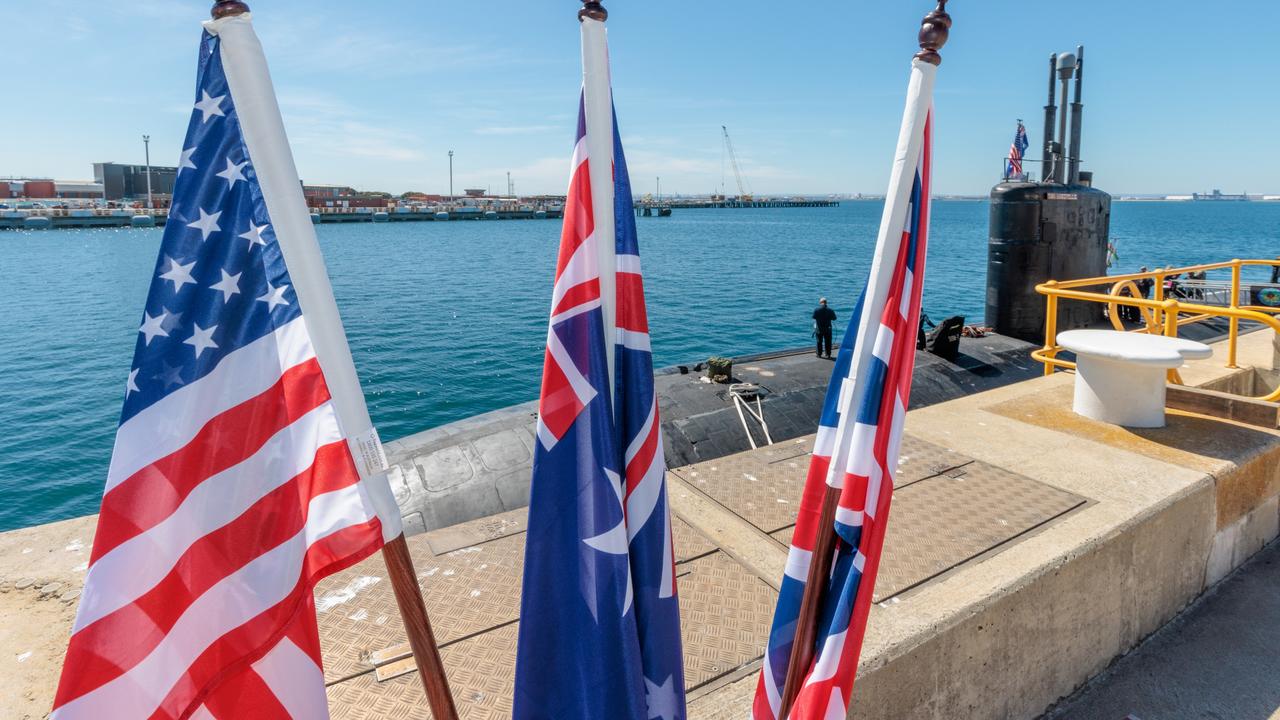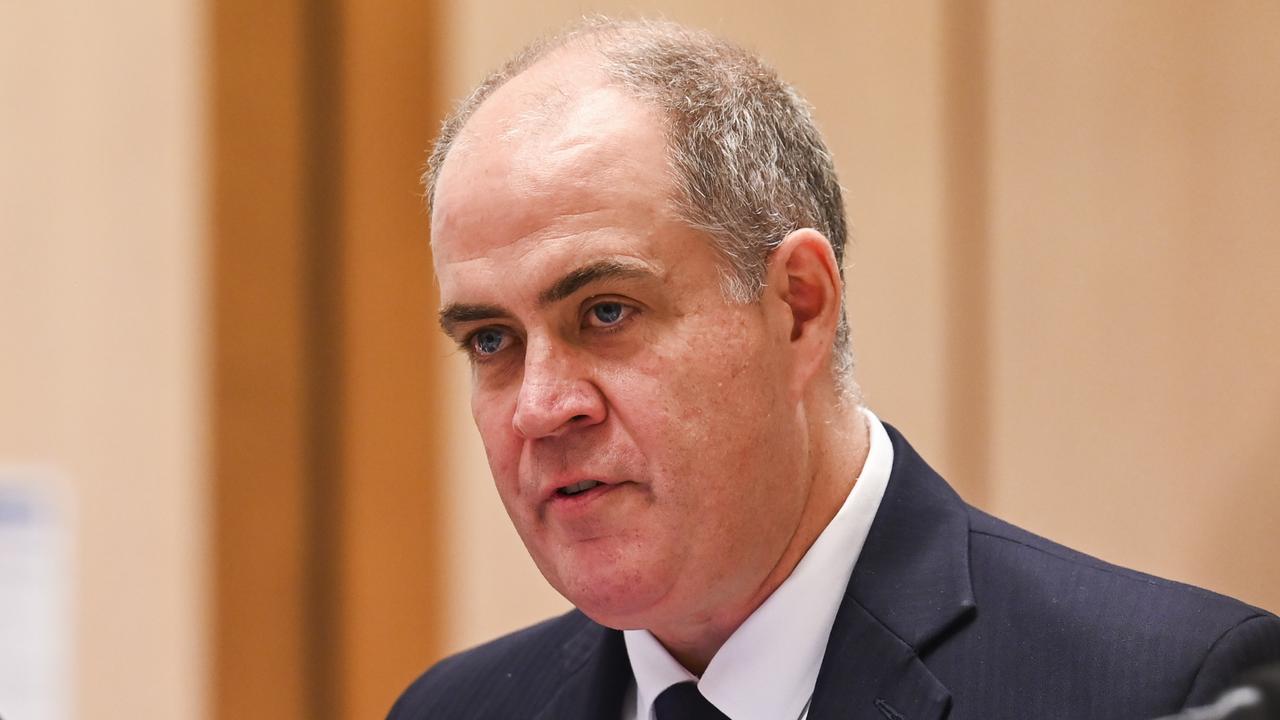‘Trampling human rights at their core’: The forgotten wars wreaking havoc across the globe
Astonishing figures have revealed the truth behind the fragile state of our world, with almost every continent being put to the sword by forgotten wars.
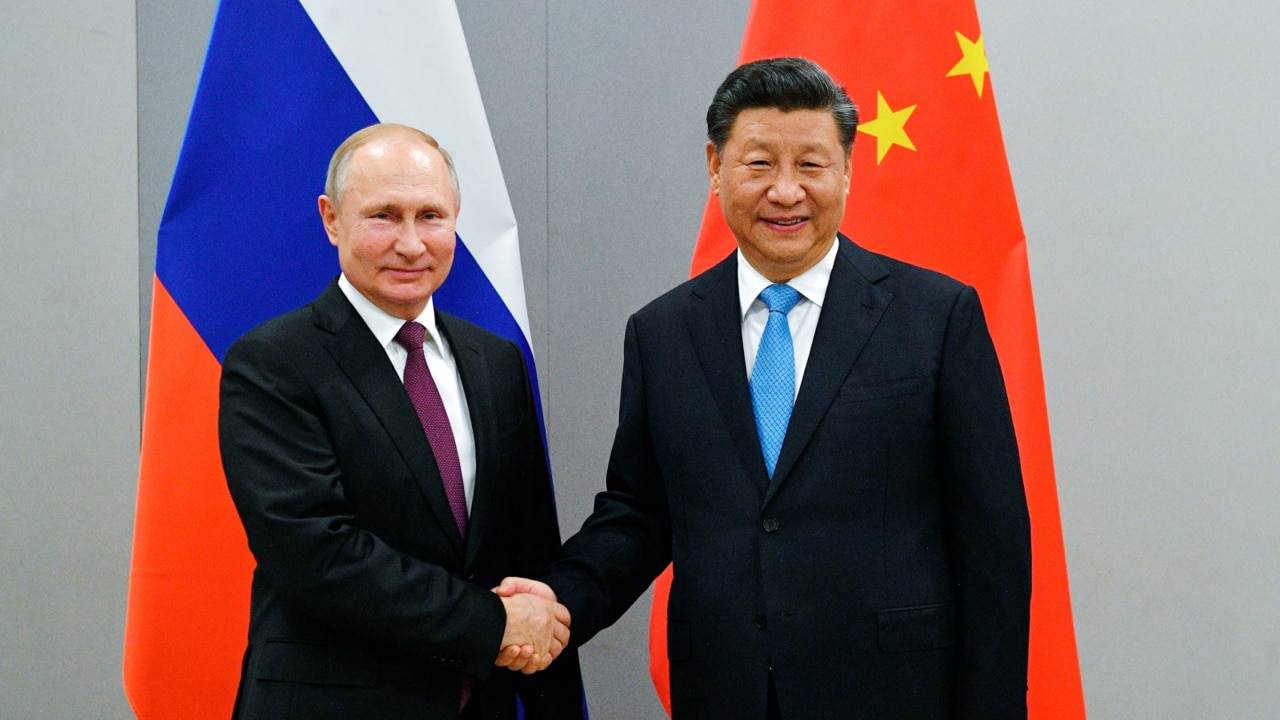
As the world remains transfixed on the conflicts unfolding in Ukraine and Palestine, a shocking number of similarly brutal wars are raging, wreaking havoc on civilian populations and causing strife for a number of already poverty-stricken countries.
While it’s easy for the world to look away, or focus in only when the situation is at its most shocking, the reality is far more complex once you zoom out and take stock of the horrors that continue to rage in the shadows.
There are currently 110 armed conflicts taking place across the globe, costing the planet some $2.5 trillion every single year. It only takes a quick skim through Rowan Hooper’s ‘How to Save the World for Just a Trillion Dollars’ to realise how gargantuan military budgets are affecting the planet.
Despite the fact a mere $600 billion could put a serious dent in global poverty figures, the human race continues to showcase its tribalism through multiple, and often unending, wars across almost every continent.
By the numbers, the Middle East remains the most conflict-ridden region, with more than 45 armed conflicts currently raging across territories such as Egypt, Iraq, Israel, Libya, Morocco, Palestine, Syria, Turkey, Yemen, and Western Sahara.
Most of these conflicts are non-international (NIACs), involving a complex web of non-state actors and interventions by western powers, Russia, and neighbouring countries.
The conflict that continues to claim lives in Syria has raged for 14 years, following an uprising against the president in 2011 that turned into a devastating full-scale civil war.
The war, situated a stone’s throw from Israel’s conquest in Gaza, has left over half a million people dead and reduced cities to rubble.
“Syria is the most affected country in the region. Several multiple and overlapping NIACs are taking place in the country – involving numerous armed groups who fight against the government and against each other – along with two military occupations and three international armed conflicts,” explains Dr Chiara Redealli, Research Fellow at the Geneva Academy.
Global conflicts killed three times as many children and twice as many women in 2023 than in the previous year, with overall civilian fatalities growing by 72 per cent, according to new UN figures released this week.
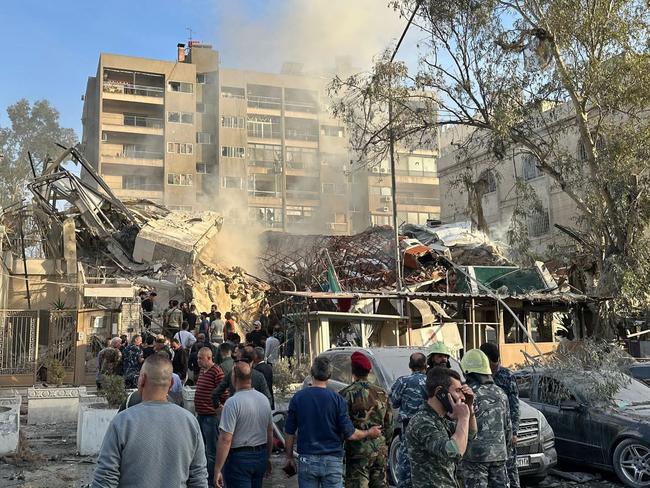
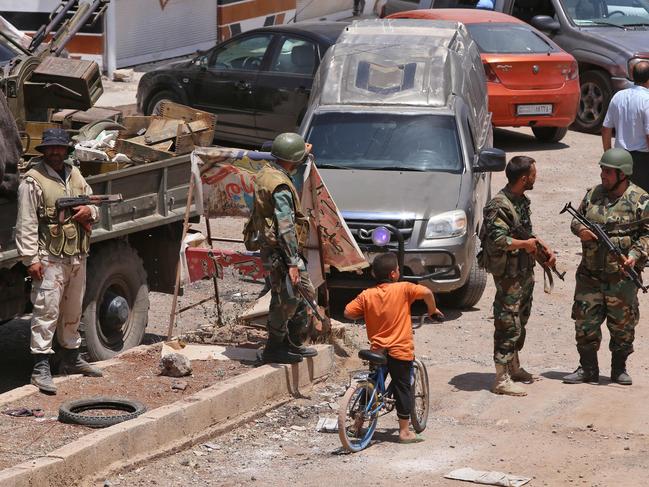
United Nations rights chief Volker Turk told the UN Human Rights Council that warring parties were increasingly “pushing beyond boundaries of what is acceptable - and legal”, with governments, militias and movements that continue showing “utter contempt for the other, trampling human rights at their core”.
“Killings and injuries of civilians have become a daily occurrence. Destruction of vital infrastructure a daily occurrence,” Turk said in Geneva.
“Children shot at. Hospitals bombed. Heavy artillery launched on entire communities. All along with hateful, divisive, and dehumanising rhetoric.”
“Horrifyingly, the data indicates that the proportion of women killed in 2023 doubled and that of children tripled, compared to the year prior.”
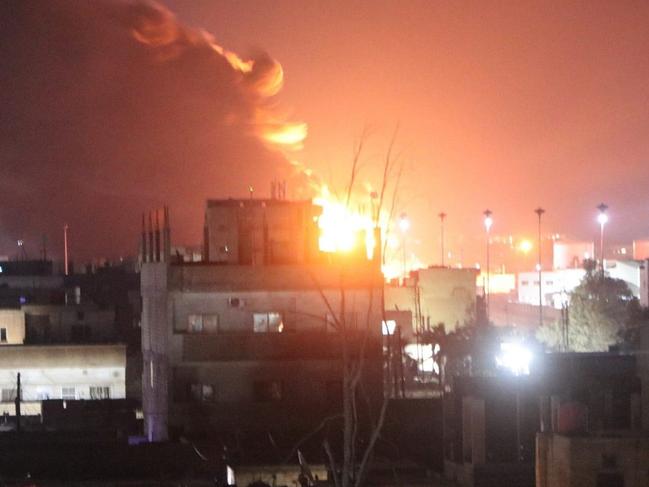
Africa follows the Middle East with over 35 NIACs in Burkina Faso, Cameroon, the Central African Republic (CAR), the Democratic Republic of the Congo, Ethiopia, Mali, Mozambique, Nigeria, Senegal, Somalia, South Sudan, and Sudan.
These conflicts involve various armed groups battling government forces and each other in a brutal power game fought over dwindling resources and religious polarisations.
Funding to help the growing numbers of people in need is also dwindling as the world’s eye shifts to more recent outbreaks of war.
“As of the end of May 2024, the gap between humanitarian funding requirements and available resources stands at $40.8 billion,” Turk said.
“Appeals are funded at an average of 16.1 per cent only.
“Contrast this with the almost $2.5 trillion in global military expenditure in 2023, a 6.8 per cent increase in real terms from 2022,” Turk said, stressing that “this was the steepest year-on-year increase since 2009”.
“In addition to inflicting unbearable human suffering, war comes with a hefty price tag.”
Sudan, which in the grips of a more than year-long civil war, is “being destroyed in front of our eyes by two warring parties and affiliated groups ... (who have) flagrantly cast aside the rights of their own people”.
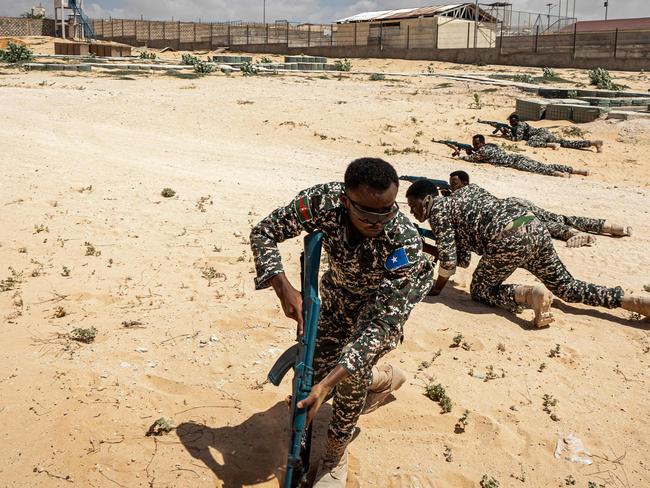

Western powers and neighbouring countries are involved in NIACs in Burkina Faso, Mali, Mozambique, Nigeria, and Somalia as conflicts continue to rage.
Meanwhile, Asia is the scene of 19 NIACs involving 19 armed groups, with conflicts in Afghanistan, India, Myanmar, Pakistan, and The Philippines.
Additionally, two international armed conflicts exist: one between India and Pakistan, and another between India and China.
“Pakistan and the Philippines are on the top of the list with six NIACs for each country. In Pakistan, governmental forces are fighting various armed groups acting throughout the territory, particularly Taliban-affiliated groups in the Federally Administered Tribal Areas and independence fighters in Balochistan,” Dr Redealli explains.
Europe’s conflicts are dominated by military occupations, with four out of seven conflicts involving occupations from.
The obvious one is Russia is currently occupying Crimea (Ukraine), Transdniestria (Moldova), as well as South Ossetia and Abkhazia (Georgia), while Armenia occupies parts of Nagorno Karabakh (Azerbaijan).
“Russia’s invasion of Ukraine did not change our classification of the armed conflicts in the region. Indeed, according to IHL criteria, there have been an IAC between Russia and Ukraine and two NIACs in Ukraine since 2014. What has changed, since February 2022, is the intensity of the violence and its impact on the civilian population. This means, according to our analysis, that war crimes could already have taken place before March 2022,” Dr Redealli continued.
In the Americas, six NIACs are evenly split between Mexico and Colombia.
Colombia has experienced one of the longest non-international armed conflicts in modern times and is still the theatre of three NIACs. But conflicts between Mexico’s gangs and drug cartels continue to draw the most attention from the US as civilian populations suffer.
“This is the first time we classify armed violence involving criminal organisations as NIACs and we did so given the level of organisation of the cartels and intensity of violence.”
Originally published as ‘Trampling human rights at their core’: The forgotten wars wreaking havoc across the globe




